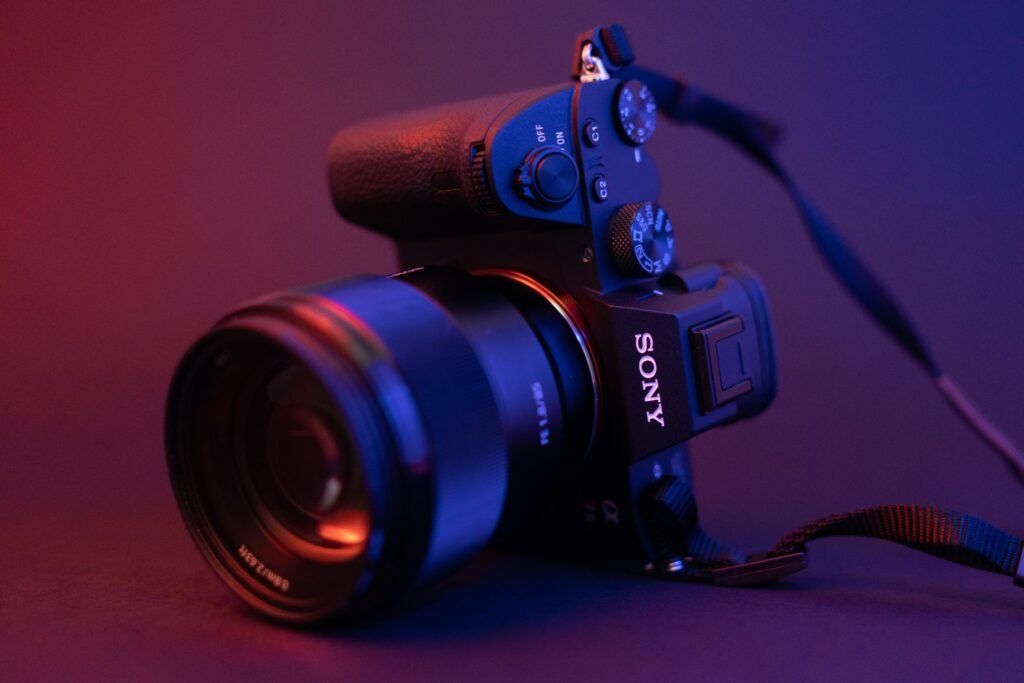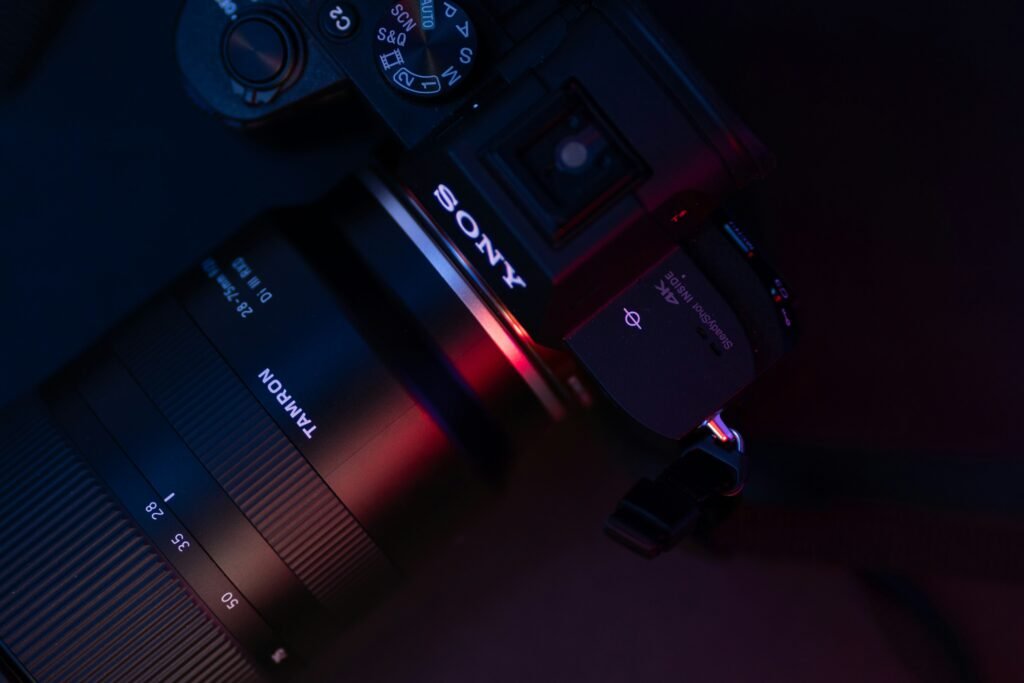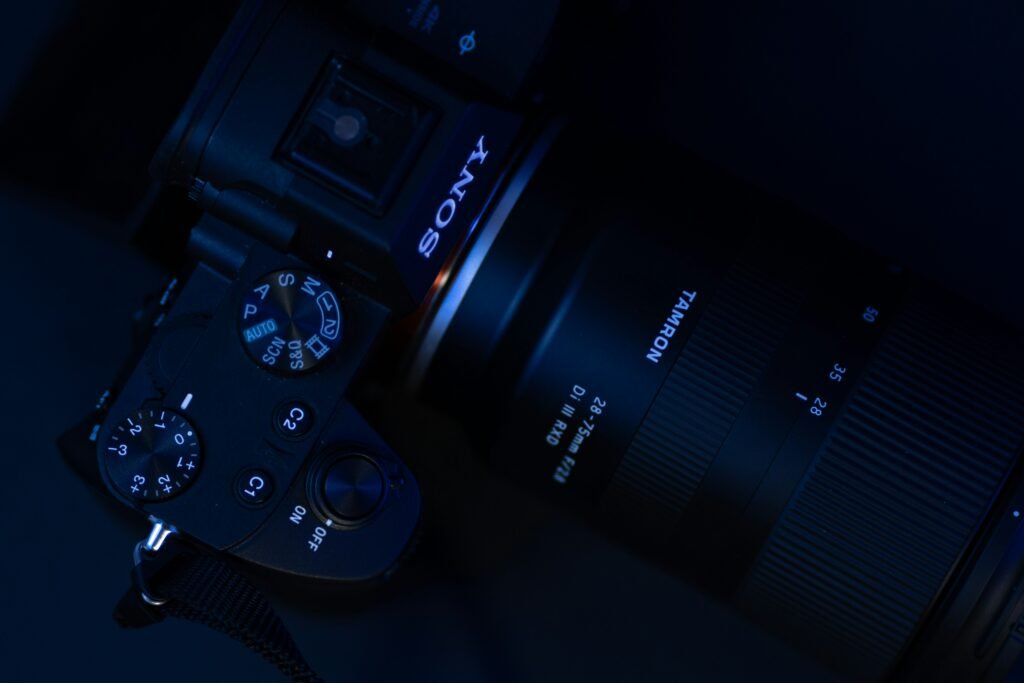The mirrorless Sony A7 III has caused some uproar in the shooting world ever since it came out. The A7 III is often an excellent choice for amateur and professional shooters because it has many great features and works well. We will discuss the Sony A7 III in great depth, looking at its features, how well it works, and why it stands out in the camera market.

Getting to know the Sony A7 III
The Sony A7 III came out in early 2018 and is a full-frame mirrorless camera in Sony’s Alpha range, precisely the A7 line. Many other cameras use APS-C sensors, which are smaller. Full-frame sensors are more significant, so they can take better pictures, especially when there is too much light. As the name suggests, mirrorless cameras don’t have mirrors like regular DSLR cameras, making them smaller and lighter.
Key Features
Sensor and Picture Quality
The Sony A7 III’s 24.2-megapixel full-frame Exmor R CMOS camera is what makes it work. This sensor is back-illuminated, which means it can gather more light. It is helpful when there is little light. The camera also has a BIONZ X image engine, which helps make the pictures more precise and less noisy.
The A7 III’s camera and processor produce clear, sharp pictures with a wide dynamic range. The camera can record a wide range of tones, from dark shadows to bright highlights, making it suitable for many photos.
System for Autofocus
One of the most mind-blowing things about the A7 III is its self-adjust (AF) capacity. It has 425 differentiation identification AF focuses and 693 stage location AF focuses, which cover much of the casing. The camera can rapidly and accurately center around objects, even moving ones, because it can see so clearly.
Real-time Eye AF and Real-time Tracking are also built into the focusing system. Real-time Eye AF finds and focuses on the eyes of the subject instantly, which is great for taking portraits. On the other hand, Real-time Tracking keeps moving objects in focus by following them.

Shooting all the time and buffer
The Sony A7 III can shoot at ten frames per second (fps), and the autofocus and exposure tracking work all the time. This high-speed shooting feature helps you take pictures of moving objects, like in sports or wildlife photos.
The camera also has a large buffer that lets it take up to 177 JPEG pictures, 89 compressed RAW images, or 40 uncompressed RAW images simultaneously. It means you don’t have to think about the camera slowing down after a while of shooting.
How to Build and Use
Design and Comfort
The Sony A7 III is small and light, making it easy to carry around for some time. Its magnesium metal body is strong and not heavy. Dust and water can’t get in because the weather seal helps shoot outside.
Even when bigger lenses are attached, the camera is still easy to hold because it has a firm grip. The buttons are easy to use, and you can change how they’re set up to suit your needs.
The Screen and Viewfinder
The electronic viewfinder (EVF) on the A7 III has 2.36 million dots, which gives you a clear and detailed picture of the scene. The EVF’s high refresh rate ensures that watching is smooth and lag-free.
The camera has an EVF and a 3-inch LCD touchscreen with 921,000 dots that can be turned. You can tilt the camera to shoot from high or low angles, and the touchscreen makes it easy to see your options and change settings.
Time on Battery
BatteryBattery life is often an issue for compact cameras with compact cameras, but the Sony A7 III does well in this area. It has an NP-FZ100 battery, which works much better than older Sony cells. CIPA rules say the camera can take up to 710 pictures on a single charge, which is suitable for a compact camera.

How to connect and store things
Two card slots
The A7 III has two SD card slots. One of them can hold UHS-II cards, which let you read and write data faster. Having two card slots gives you options. You can keep RAW and JPEG files separate, use one card as a backup, or add more space to your camera.
Options for Connectivity
Wi-Fi, Bluetooth, and NFC are just a few ways the camera can link. These tools make it easy to move photos to your phone or other devices so you can share them right away. You can also shoot while hooked up to a computer, which is excellent for work in a studio.
Performance in a Range of Shooting Situations
Performance in Low Light
The Sony A7 III does excellent in low light thanks to its back-illuminated sensor and outstanding noise reduction. Its standard ISO range is 100 to 51,200 but can be raised to 50 to 204,800. With this wide ISO range, the camera can take clear pictures even with terrible lighting.
Taking pictures of people
The A7 III’s Real-time Eye AF makes it an excellent portrait camera. The camera can quickly and adequately focus on the subject’s eyes, making portraits clear and detailed. The full-frame sensor’s beautiful bokeh blur makes the subject stand out.
Take pictures of sports and wildlife.
.
The A7 III suits sports and wildlife photos because it can shoot continuously and quickly and has an advanced autofocus system. The camera is easy to follow and records moving subjects, allowing you to take advantage of essential moments.
Pictures of landscapes
Thanks to its high quality and wide dynamic range, the A7 III can take great pictures of landscapes. From brightly lit mountains to dark forests, the camera can record scenes with lots of color and detail. Shooting in RAW format gives you more options for editing after the fact.
Conclusion
Regarding shooters, the Sony A7 III can be used by many different types. It is one of the best digital cameras on the market because it takes great pictures, has an intelligent focusing system, and can record muscular videos. People who want a steady workhorse for their job or a hobbyist who wants to take their shooting to the next level will find what they’re looking for in the A7 III.